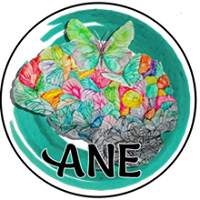The Cytokine Storm
Although the exact pathogenesis (the manner of development of a disease.) of ANE remains obscure, the most prevalent hypothesis is the hypercytokinemia, that is, “cytokine storm”. Individuals suffering from ANE often have an exaggerated immune response to various viral infections by producing elevated proinflammatory cytokines.
How do cytokine storms start?
Pathogens (infections, virus’s etc) attack the immune system, so cytokines (which are protein-based signals) signal T-cells and macrophages (immune cells) to travel to the site of the infection.
Cytokines also activate these immune cells, and stimulate them to produce more cytokines. This positive feedback loop will attract more T-cells and macrophages to join the fight. Usually, the body is able to keep the feedback loop in check so that a cytokine storm (which is energy-consuming and harms the body) doesn’t occur.
Sometimes the body is unable to control the loop, for reasons we don’t fully understand and we end up with a CS. It’s speculated that a CS might be triggered when the immune system is attacked by a new and highly pathogenic invader. The “cytokine storm” results in systemic symptoms, such as liver dysfunction, acute renal failure, and shock. In the nervous system, it leads to brain injury through alteration of vessel wall permeability without vessel wall disruption. According to this hypothesis, ANE is an encephalopathy concomitant with systemic immune imbalance.
